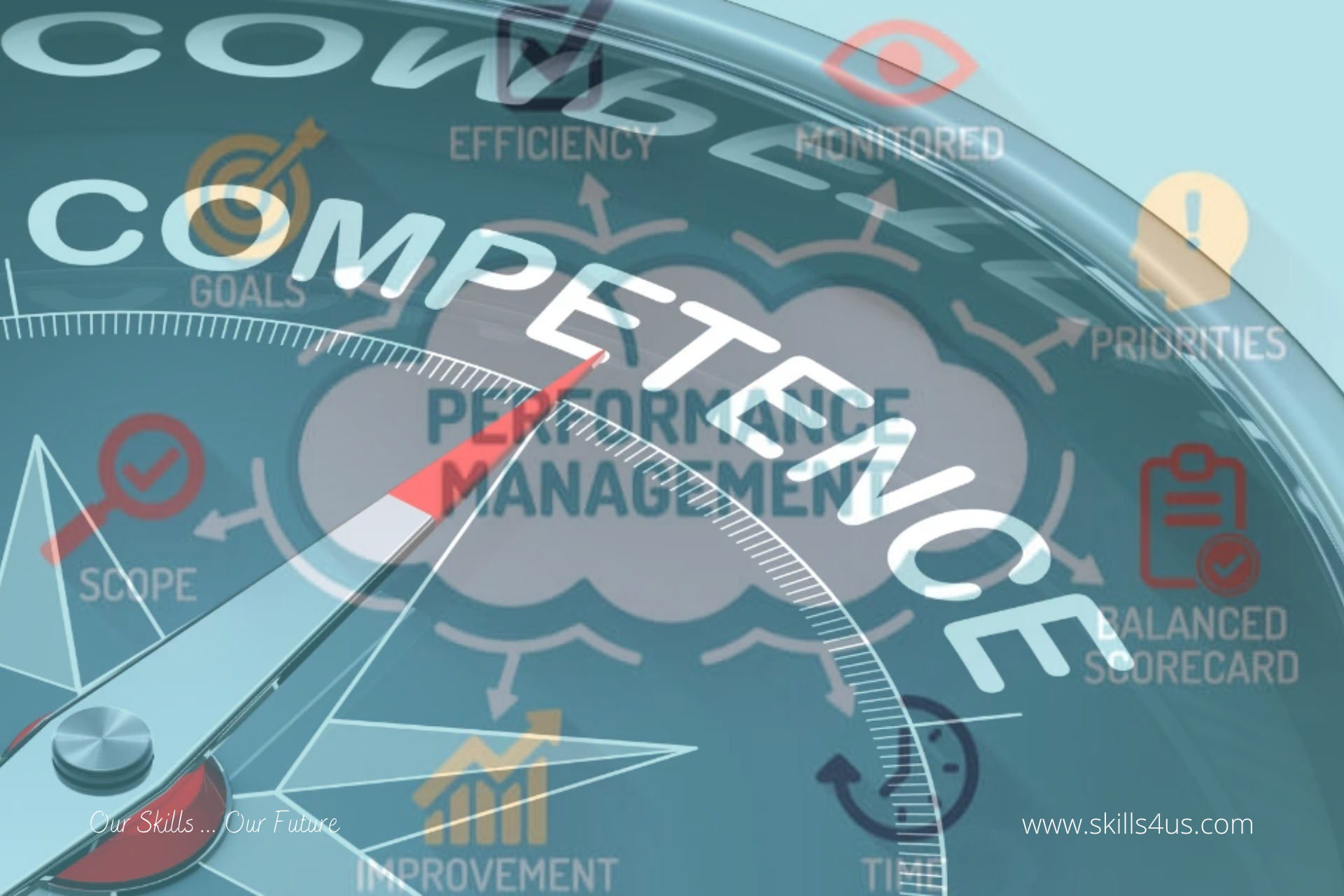
Competency-Based Performance Management Enhances Leadership’s Ability To Analyze Data In A Comprehensive Manner
A competency-based performance management system is essential to a comprehensive talent management plan for high-performing organizations. A competency-based performance management system allows business leaders and HR professionals to understand how different talents are distributed among the workforce. So that decisions related to hiring and promotions can be made confidently. In addition, with a competency-based performance management system, business leaders and managers can better motivate employees, align training with the organization’s goals, define the roles and skills needed to perform each job well, and improve the recruitment process. Thus Competency-Based Performance Management Enhances Leadership’s Ability To Analyze Data In A Comprehensive Manner.
Critical Components of a competency-based performance management plan
1. Goal setting
Knowing how to set goals effectively is essential to competency-based performance management. A successful manager must articulate expectations and set realistic standards and goals to do this well. So whether you set goals individually or at a team level. Ensure they are geared towards developing the organization’s core competencies and supporting its mission, vision, and values. Thus, setting goals at all levels allows everyone involved to have something to strive for, measure and take responsibility for.
2. Identify competencies and skills
It is essential to identify the competencies and skills required for each position and level in the organization based on strategic goals and core values. Competencies and skills are the knowledge, abilities, and behaviors. That enable employees to perform their roles and contribute to organizational success.
3. Establish effective communication channels
Establishing effective communication channels with employees is crucial to promote good working relationships. Effective communication is one of the most essential elements of a competency-based performance management plan. Therefore, creating a work environment based on an open-door policy promotes effective communication with employees and helps communicate and clarify the plan and goals. In addition, it enhances their freedom to present their ideas and opinions and participation in decision-making processes.
4. Determine job roles, responsibilities, and expectations
Successful organizations always prepare an accurate and clear human resources plan to determine their future workforce needs. So keeping the organization’s core competencies in mind and understanding the roles, responsibilities, and expectations of the job makes current and future employees more confident. Thus, their level of performance rises, and they provide their best through their positions to achieve a prosperous future for the organization.
5. Identify skill gaps
By identifying skill gaps, you can see a clearer picture of where job type gaps might exist in an organization’s workforce. This can be achieved through surveys, interviews, performance reviews, or training sessions. It is essential to know what employees need to perform well to increase their effectiveness and productivity.
6. Learning and development
An organization can achieve its goals and fill skills gaps by setting up learning and development programs and encouraging continuous learning. Likewise, it is possible to assess and address the developmental needs of employees and help them choose various experiences to acquire the necessary skills that enhance their performance.
7. Using measures and indicators to monitor and follow up on performance
To achieve high-level performance, it is necessary to use multiple and consistent criteria and indicators to measure competencies and skills. Using the data collected helps managers assess skills gaps and the outcomes of learning and development activities. Thereby promoting competency-based performance oversight and aiding data-informed decision-making.
8. Recognition and Recognition
Acknowledging and appreciating a job well done is critical to encouraging employees to do their best and enhancing their commitment and engagement. Knowing that as a successful business leader, you can achieve this by getting to know the employees through enhancing the competency-based performance management system. In addition, you must master the use of formal award programs and informal recognition techniques, including personal thanks and verbal expressions of appreciation at staff meetings.
A competency-based performance management system not only helps identify, analyze, and manage skill gaps within the workforce, but it also provides an overview of progress, an opportunity to compare continuous learning techniques, and the ability of leadership to analyze a large amount of data comprehensively.



